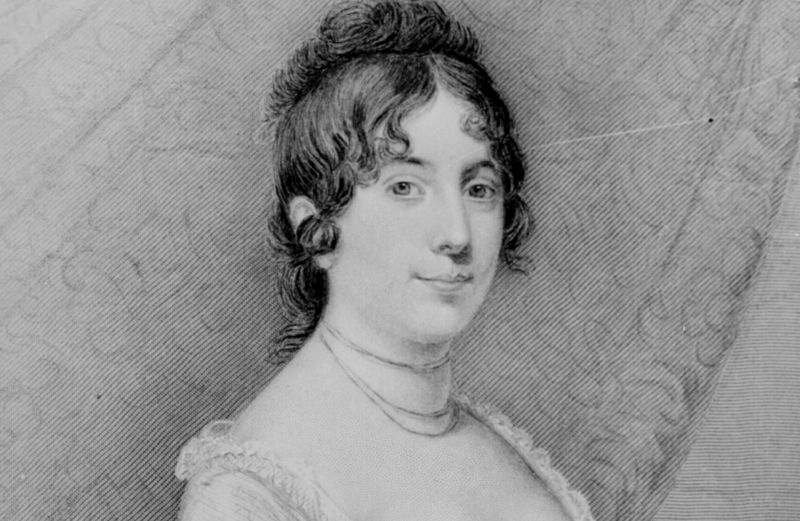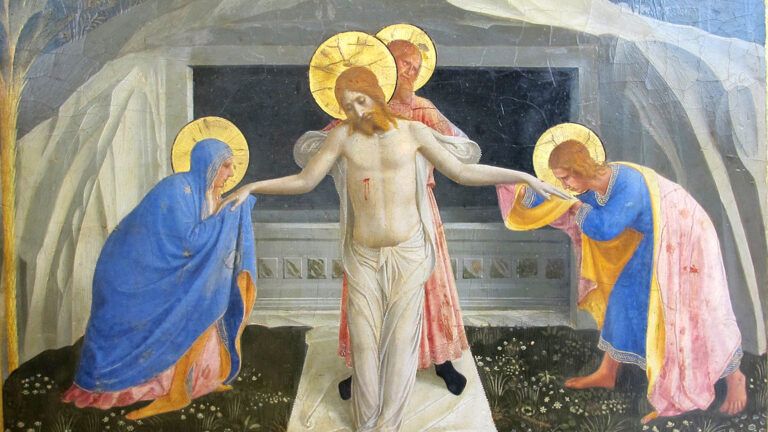The year 1814 was deeply troubling for most Americans.
The country was embroiled in a war that many did not like or want. Two years previously, a group of congressmen known as War Hawks had persuaded President James Madison and Congress to declare war on Great Britain for repeatedly kidnapping American sailors from our merchant ships.
American armies stumbled into catastrophic defeats along the Canadian border and British troops were poised to invade New York. The small shy president didn’t seem able to rally the country. But his wife, Dolley, already famous as a Washington hostess, displayed a spirit of defiance that won many people’s admiration.
Already many people were calling her the First Lady—she was the first to be called that name.
When a British fleet landed troops in Maryland to attack Washington, D.C., President Madison summoned men for a volunteer army to defend the capital and rode off to join them. He left his wife, Dolley, in the White House with a hundred-man guard.
Born a Quaker, Dolley hated war. But she believed a country had a right to defend itself if it was attacked. She also had a deep and abiding faith in God’s protective love.
When the boom of distant canons signaled that the battle had begun, thousands of terrified Washington residents crowded the roads, fleeing the invaders. The guard posted at the White House fled with the fugitives.
Dolley refused to leave. “I am determined not to go until I hear Mr. Madison is safe,” she wrote her sister. Anti-war zealots had threatened to harm the president and Dolley felt her presence would dissuade them.
Soon she saw disorganized groups of American soldiers wandering dazedly through the city. Had the Americans lost the battle? Yet, in the face of looming disaster, Dolley stood her ground.
A messenger covered with dust arrived from the battlefield, telling her to flee. Once more, Dolley refused. Finally, a close friend, Major Charles Carroll, persuaded her to depart.
As they left, Dolley realized the White House’s magnificent portrait of George Washington would fall into the enemy’s hands. Ignoring Carroll’s pleas for haste, she refused to take another step until the servants removed it from its frame and gave it to two men who promised to care for it. Seeing the original copy of the Declaration of Independence in a display case, she insisted on taking it with her.
The British arrived a few hours later and burned the White House, the Capitol and many other government buildings. Americans were stunned and horrified. Many wondered if the government would collapse. This defeatist mood changed when reporters began writing about the courage Dolley Madison had displayed in the White House.
Referring to Dolley’s deeds, a Baltimore weekly paper with a national circulation declared: “The spirit of the nation is roused!”
A few days later, the citizens and soldiers of Baltimore fiercely resisted a night-long bombardment and forced the British fleet to withdraw. That battle was followed by victories on Lake Champlain and in New Orleans, which persuaded the British to abandon the war.
When demobilized troops paraded through Washington, D.C., First Lady Dolley Madison was there standing beside her husband, accepting their cheers.





